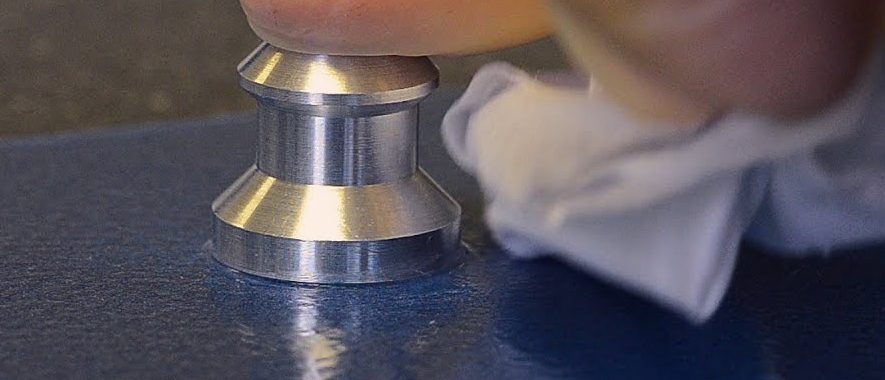Maintaining standards
Close familiarity with international standards and test methods used in the protective coatings industry is a prerequisite for coating surveyors.
Standards and test methods are relevant to assessing the condition of protective coatings and should be an integral part of the survey process, referenced and cited in the final report. They also provide the framework for a consistent method of evaluation and can help to negate any issues around misrepresentation of the findings.
Various ones can apply depending on global location, but ISO, SSPC and ASTM standards and test methods are the main ones used for carrying out coating condition assessments. It’s also important the surveyor has all the versions of the standards and test methods available before conducting the works.
Most standards and methods are common in that they include a scope, relevant reference documents, procedure and reporting. They may also vary in length and content detail depending upon the task and complexity of the testing being undertaken. The coating surveyor should read these to comprehend the prescribed procedures and have the relevant equipment to hand before starting an assessment.
The reporting is important and must be conducted in line with the document used on the survey while any deviations from the guidelines must be recorded in line with protocols. The standards and test methods can be grouped into four broad categories, which will have a critical bearing on assessments:
• Paint testing and evaluation: ISO, ASTM, SSPC and European Scale of Degree of Rusting for Anticorrosive Paints (Re Scale)
• Adhesion tests: ISO and ASTM
• Dry film thickness: ISO, ASTM, PSPC and SSPC
• Holiday detection: ISO, ASTM and NACE
In our next blog, we will cover some of the standards and test methods in more detail. In the meantime, you can find all the necessary professional guidance in Fitz’s Atlas of Coating Surveys at https://fitzsatlas.com/






